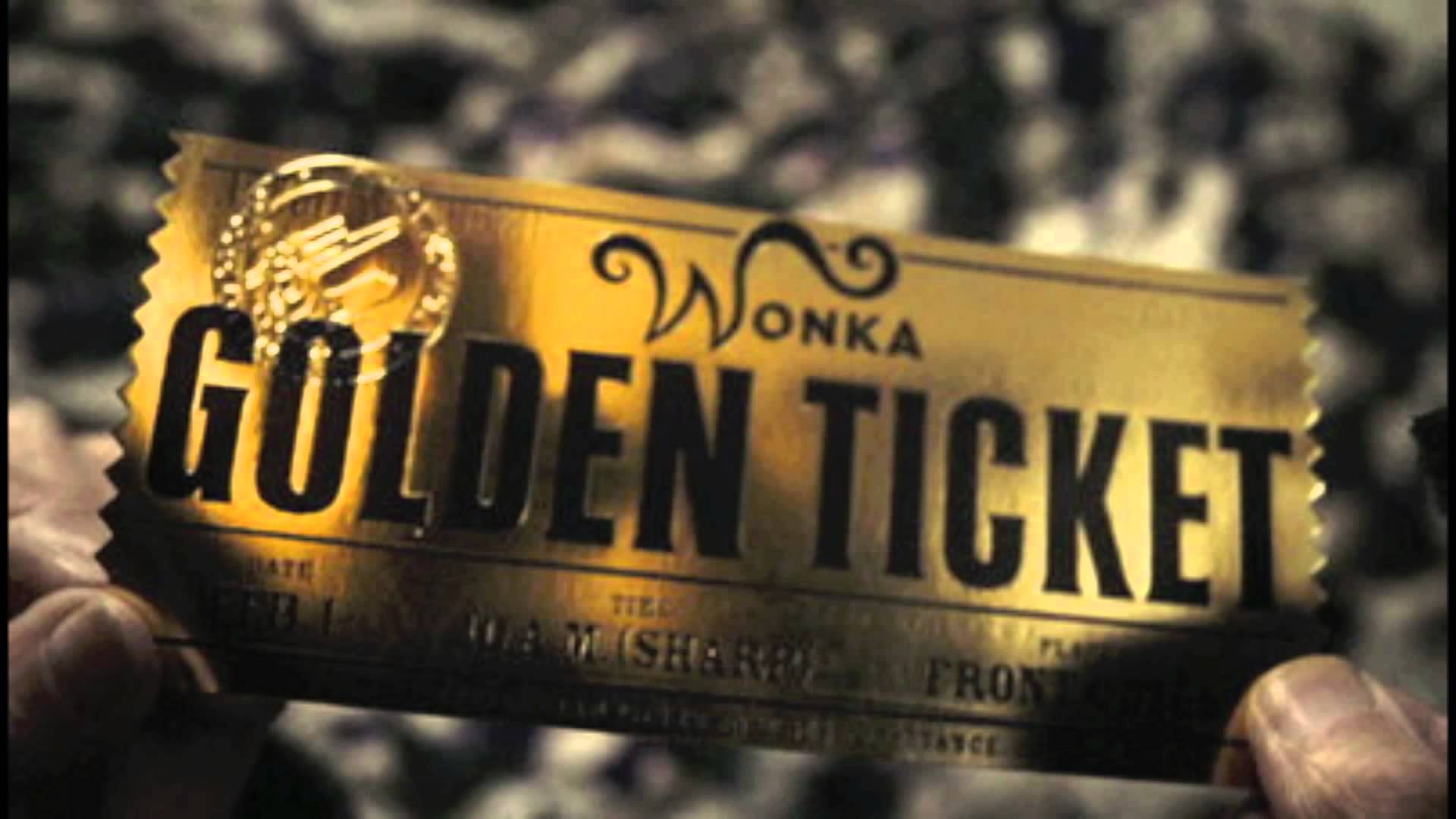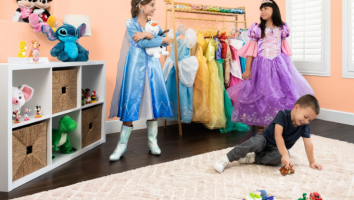Black Friday is in sight. Which means that it’s officially okay to tune in to Christmas carols 24/7 and start shopping for the best toys ever. So how do you find them? Awards lists, of course. And there are so many of them out there. I promise, this is not a rant on lists. In fact, I personally have my say on a few each year. Yet with so many coming out now, do they even matter anymore?
Here’s a quick quiz. If you were looking for a good read, would you buy the book that won the Pen Literary Award or the Man Booker Prize? The National Book Award or the National Book Critics Circle Award? I’m an avid reader, and I confess, I don’t know the difference between these honors. But if I see the award seal of any of these on a cover jacket, I think it’s a winner.
The same holds true for toy awards.
You see a winner’s seal on a package and you’re predisposed to like/buy it. From a manufacturer’s or producer’s point of view, it’s a great marketing tool. If you can pick up several awards, your packaging can start resembling a Girl Scout sash of badges. Your website looks weighty. And wow, can you tweet. Plus, if your product appears on multiple lists early, it’s more likely to be on even more lists as the season progresses. Yet here’s the catch: Being on a top product list doesn’t mean you’ve got a great product. Do you care, as long as you keep selling product? Selfishly, probably not. But what does this mean to overwhelmed buyers and parents who really really want to get their kids the best toys possible?
The backstory of so many lists is that they’re created by a team of “experts.” However, not all “experts” are created equal. Experience, testing methods, skill and even whim all come into play. Comprehensive lists like those from Common Sense Media, Oppenheimer Toy Portfolio Awards, Parents magazine and a few others are known to research, test, and intelligently evaluate each selection. Their selections have merit based on a variety of revealed factors (often price, age appropriateness, innovation, education, and fun). The testers are carefully vetted and probably include a combination of editors, child development professionals, teachers, parents, tech developers, and of course, kids. The results are relatively impartial.
On the flip side, the lists put out by stores and etailers such as Toys R Us, Walmart, Amazon, may be kid-tested, but are more often driven by sales figures, rather than product quality. In essence, these are the “wish lists.” When a consumer is looking for hot toys, trends, and what’s playing on the playground, these would be the lists they want.
Your ideal situation? Just as we say when asked about digital versus physical play: You want a balance. If your product is chosen by experts who know the industry, know kids’ skills and have a realistic perspective on the market, you deserve the gold seal of approval that marks a great product. You’ve done your research and have made something that meets high standards demanded by consumers and recognized by evaluators. Kudos to you and your development team. But, if your product simultaneously finds itself on several retailer hot lists, your gold seal suddenly achieves platinum status. High five to your marketing team. Not only do you have a good product, but people want to buy it!
That’s wish fulfillment of the best kind. Here’s hoping you get everything on your list this season.
Happy holidays start now.
wendy@playsciencelab.com
























